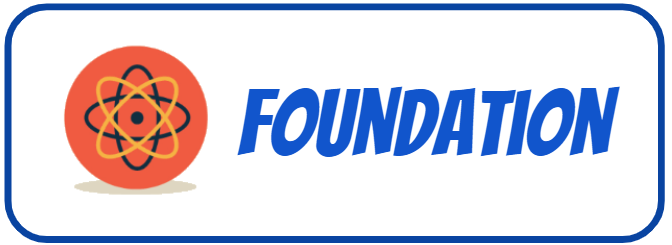|
This category is about building a strong foundation for students to be able to take ownership over their learning and participate in actively in driving their learning.
Foundational topics include at least the following... building Habits of Mind
cultivating Executive Functions incorporating opportunities to drive learning |
Example Strategies
|
BUILD VOCABULARY TO DISCUSSING LEARNING
[Habits of Mind] Use a YouTube playlist to learn about each of the Habits of Mind. Have students prioritize the list based on which ones they think they could grow the most in or need to understand better. Divide the class into teams and use Google Slides to design and present examples of each Habit of Mind from their life.
|
Resources:
|
|
PROVIDE CONSISTENCY IN INSTRUCTIONAL MODELS
[Executive Functions] Add visual signals using your Interactive board to your instructional model for key executive functions your students will benefit from (e.g. when important instructions are coming, when to record homework, give regular time checks for progress)
|
Resources:
Tool Suggestion: Interactive Board & Google Slides |
|
BUILD OPPORTUNITIES FOR STUDENT PARTICIPATION
[Instructional Model] Establish 2-3 places in each unit of study or at a regular basis for instructional model design for direct student input using a Google Form that determines trajectory. (e.g. Students prioritize topics to cover or experts they are interested in having come visit, Students plan timeline for unit assessment, Students give feedback about how the stations are working for them and make suggestions for streamlining) Embed these forms in the Google Classroom activity stream on a regular basis.
|
Resources:
|
|
SET CLASSROOM PROTOCOLS
[Executive Functions] Develop with students protocols for each type of activity in the instructional model to that expectations are clear in each situation. (e.g. small group work, individual work, project work, 1:1 with teacher, etc.) Create a Google Site with the protocols and link these protocols in the directions of each assignment along with printed posters or slides on the walls.
|
Resources:
Tool Suggestions: Google Site and Google Slides or Google Draw |
|
DESIGN LAYERS OF ACCOUNTABILITY
[Instructional Model] Use Google Calendar to set mini check-ins on a regular basis using a Google Form, Flipgrid, accountability buddies or 1:1 conferencing. This can be to review goals, check progress on projects or playlists, tracking growth, etc.
|
Resources:
|
